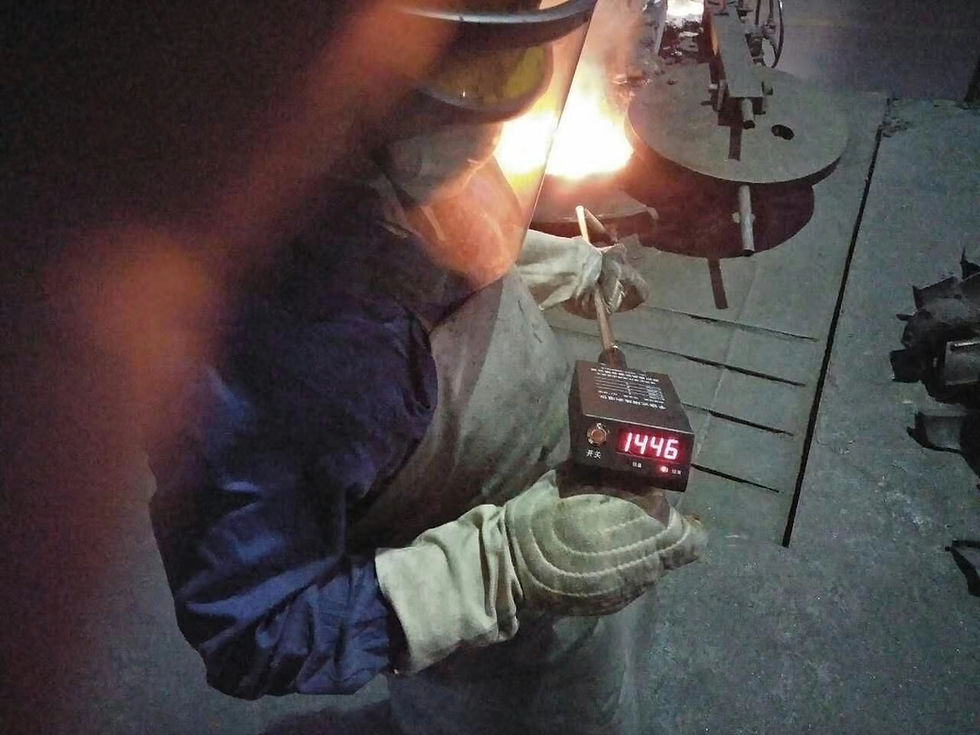SCR in Induction Melting Applications
- DoMelting Technologies

- Feb 27, 2023
- 2 min read

SCR (Silicon Controlled Rectifier) is a semiconductor device used in many industrial applications including induction melting. Induction melting is a process that uses electromagnetic induction to heat and melt metals. The process involves the use of an induction coil to create a magnetic field that induces an electric current in the metal being melted.
SCRs are commonly used in induction melting applications as a means of controlling the amount of power delivered to the induction coil. The SCR acts as a switch that allows power to flow to the coil when it is turned on and stops the flow of power when it is turned off.
In induction melting, the SCR is used in conjunction with a diode bridge to convert AC power to DC power. The DC power is then fed to the induction coil, which produces a magnetic field that induces an electric current in the metal being melted. The SCR controls the amount of power delivered to the induction coil by regulating the firing angle of the AC waveform.
By adjusting the firing angle, the amount of power delivered to the induction coil can be varied, allowing the operator to control the temperature of the metal being melted. This level of control is important in many industrial applications where precise temperature control is necessary.
In addition to induction melting, SCRs are also commonly used in other industrial applications such as motor control, power supplies, and lighting control. They offer several advantages over other types of switches, including high reliability, fast switching speed, and the ability to handle high currents and voltages.
Overall, the use of SCRs in induction melting applications helps to improve the efficiency and reliability of the process, while also allowing for precise control over the temperature of the metal being melted.































Comments